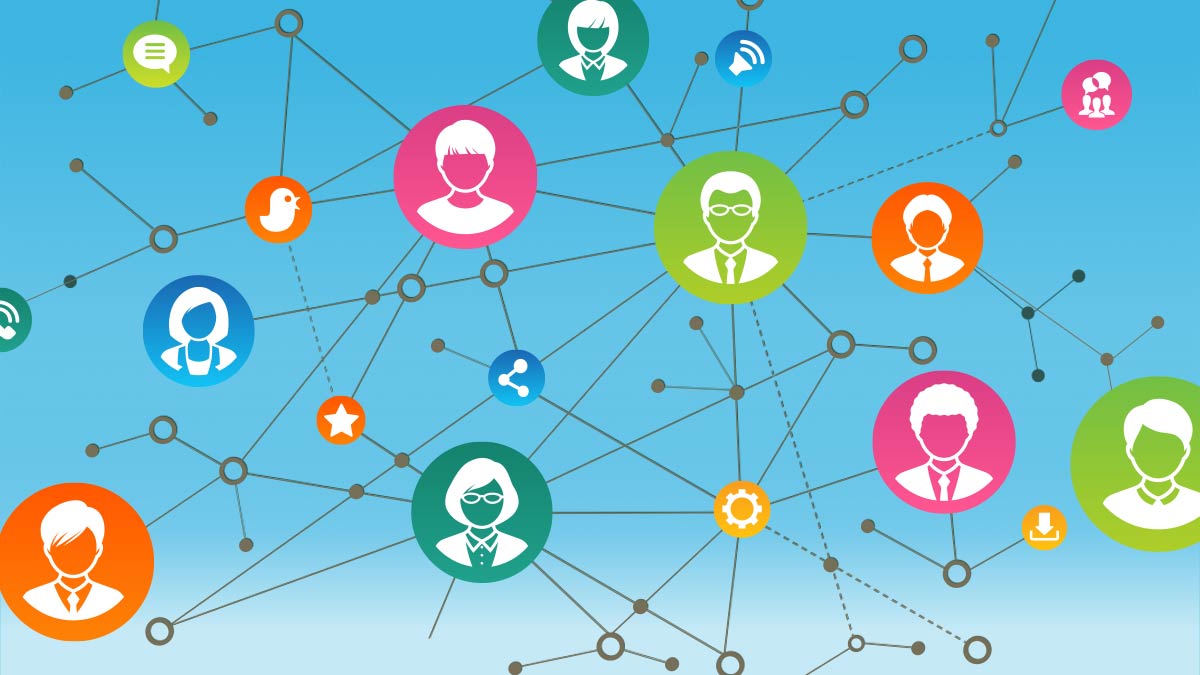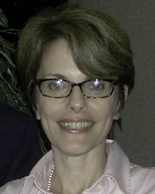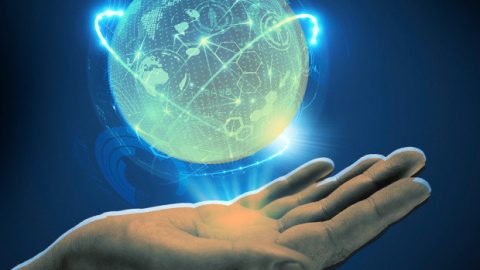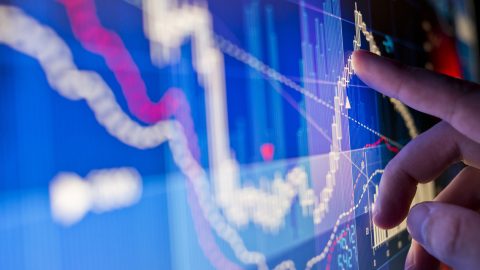Companies are now using people analytics to uncover what makes a team productive.
An often-misunderstood, yet crucial, element in programmer productivity is the opportunity to collaborate.
So, a few years ago, when the managers of an online travel company wanted to boost their software engineers’ performance, they turned to Humanyze, a startup specializing in one aspect of “people analytics.” Combining big data analysis with information from sensors and other technologies, researchers investigated when and where programmers usually interacted during lunch.
Their finding: The more productive coders often sat at bigger lunch tables that seated 12 people and, as a result, regularly traded shop talk with more colleagues than those peers who chose spots for four. The result was a more than 10 percent difference in performance.
That led the company to swap some smaller tables for more of the larger ones, with positive results.
“Who would have thought the size of a lunch table could have such an impact on how we collaborate,” says Ben Waber, a co-founder of Humanyze. “But our analysis revealed that it did.”
Humanyze is riding the wave of people analytics, a new field that combines data from a variety of sources to look for clues to boosting everything from retention to teamwork, employee engagement and productivity.
Companies can also use Humanyze to uncover a wide range of insights that were once invisible, or to provide real metrics for what used to be hunches. For example, by detecting such information as how close teammates are to one another and their tone of voice, employers can discern whether they’re working cohesively or not.
“The power of people analytics is in its ability to challenge conventional wisdom, influence behavior, enable talent and business leaders to make and execute smarter and more strategic workforce decisions, and ultimately impact business outcomes,” says Jean Paul Isson, author of People Analytics in the Era of Big Data.
Analyzing interactions
One approach is to examine such data as employees’ email history, meeting schedules and contacts with customers to look for boosts to or drags on performance.
Take Delve Analytics, a new capability in Microsoft’s Office 365 office suite. Drawing on technology developed by VoloMetrix, a people analytics startup Microsoft recently bought, Delve allows individuals and teams to analyze all their interactions–their emails, chats, video calls, meetings and the like. The result: They can get unique insights that help them work more efficiently. For example, employees can discover how much time they focus on work without distractions or how often they’re in meetings.
“People can make changes that, across a company, can add up to real change at an organizational level,” says Ryan Fuller, co-founder of VoloMetrix and now a general manager at Microsoft, in a video interview.
Fuller points to a company that regularly had a weekly staff meeting for 11 managers. No one felt the gatherings were productive, but they kept on attending. After an analysis of the data, however, managers learned that, the business put in around 300,000 hours a year on the meeting, adding up to about a $45 million investment.
“Before this analysis, people just rolled their eyes and went to the meeting,” says Fuller.
“But now they could see how much it was costing them, so they made some changes.”
Collecting data from sensors
Boston-based startup Humanyze takes that approach one step further. A group of researchers at MIT Media Lab started the company in 2011, coming up with a way to combine several technologies to analyze ways to boost productivity.
Researchers outfit their clients’ badges with everything from a Bluetooth sensor to detect whether someone else nearby is also wearing a badge and how close that person is to an infrared scanner, which reveals employees’ positions. The scanner can determine if they’re facing each other, an accelerometer measures movement and two microphones record tone of voice and volume. Beacons placed inside rooms figure out what office employees are in.
All of this adds up to technology collecting more than 100 data points a minute, gathering data on everything from how often individuals are interrupted to how frequently they face other team members while talking, an indicator of engagement.
With all that data in hand, the system can analyze patterns of communication that correlate to effective team performance. It also creates maps of how teams are doing on various dimensions, like energy and engagement. Those displays instantly convey areas of weakness and strength.
Similarly, Hitachi recently started testing its own employee badges for measuring happiness, using data on employee movement—time spent sitting, walking and so on– collected by sensors.
The underlying idea is that the happiness level of a group correlates with productivity and can be determined by patterns of physical movement.
Some critics question people analytic systems, especially those using sensors, fearing potential threats to privacy. Advocates, however, say companies generally use the data in aggregate.
“This helps us better understand what makes employees happy overall,” says Isson.
For his part, Humanyze‘s Waber calls his company‘s process “Moneyball for business.
” That refers to the now-famous data analytics approach general manager and now executive vice president Billy Beane employed to improve the performance of the Oakland A’s Major League Baseball team. “We use behavioral data to build out the team,” he says.
###
The contents or opinions in this feature are independent and may not necessarily represent the views of ICT-Hardware.
Used with the permission of http://thenetwork.cisco.com/.


 |
| 

